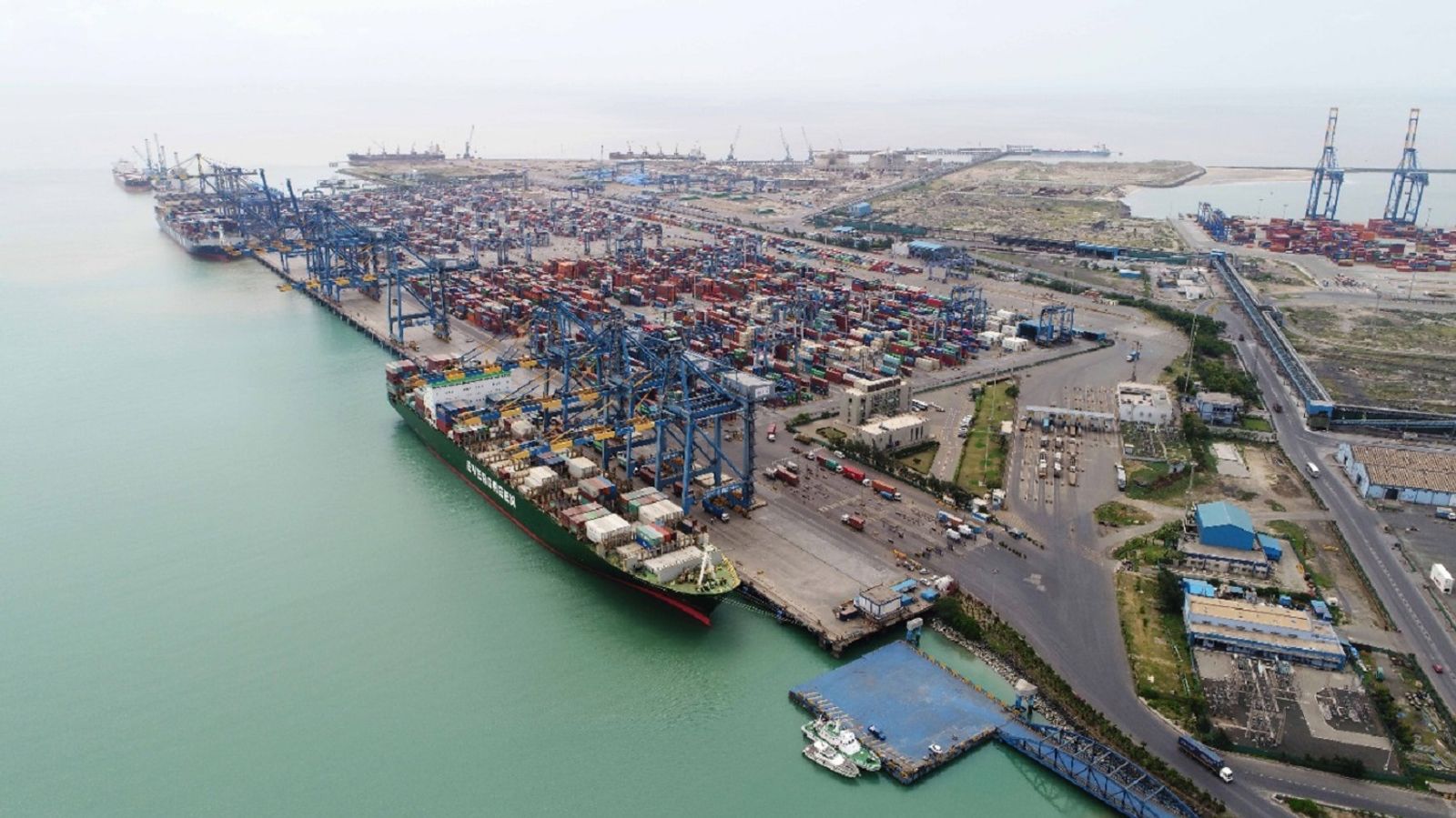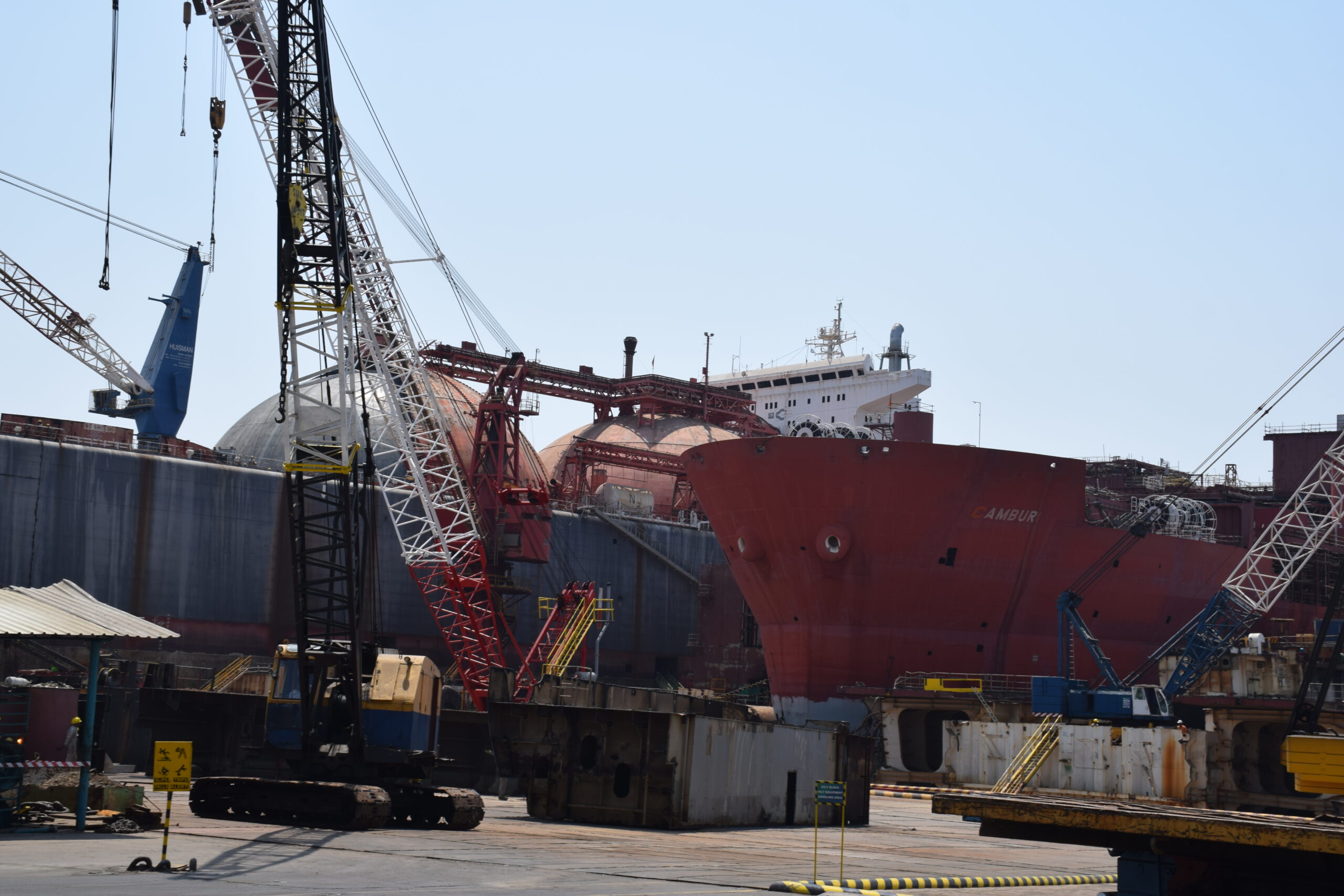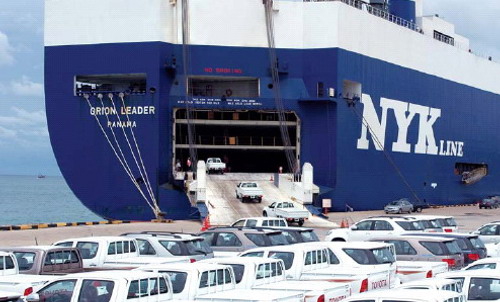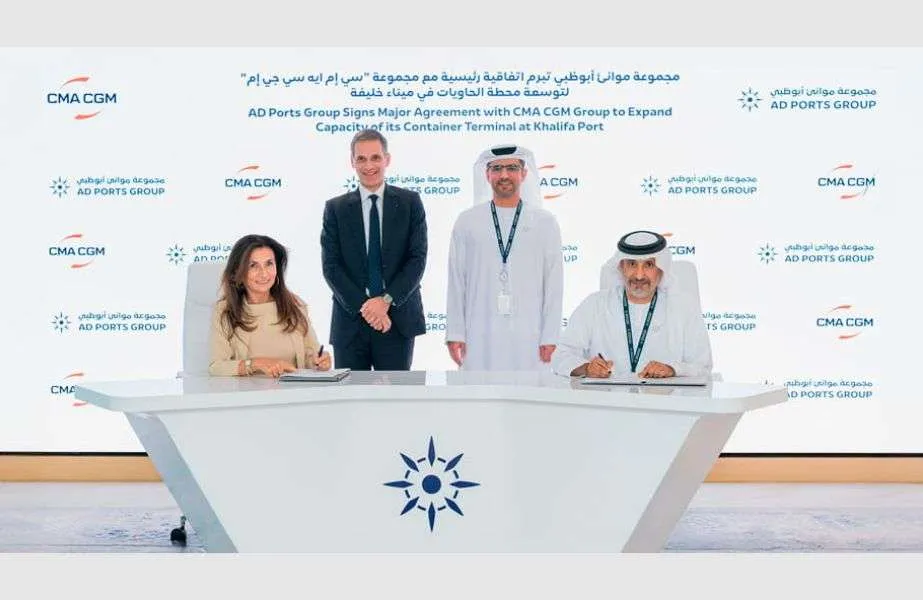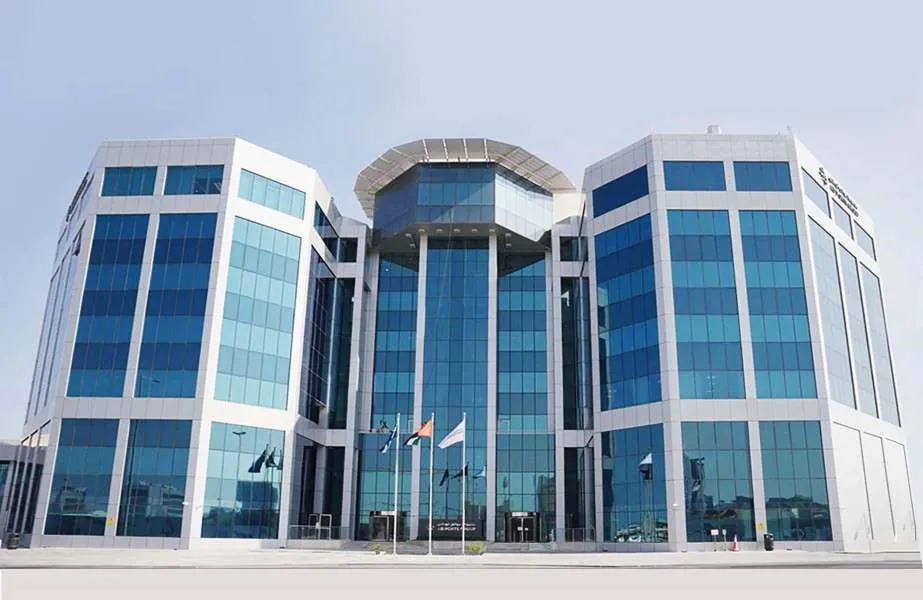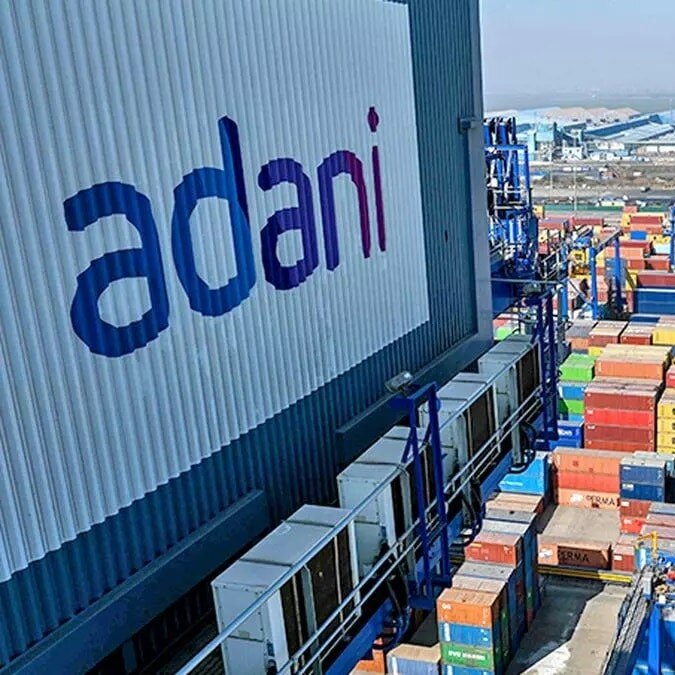Monsoon Mayhem at Mundra Port: Empty Container Depots in Disarray Amid Torrential Rains
By Shipping Inbox News Desk, Mundra | July 18, 2025

Relentless monsoon rains have wreaked havoc across the Kutch-Saurashtra region, plunging Mundra Port’s empty container depots (ECDs) into chaos and bringing cargo movement to a near standstill. Amid the downpour, several container yards are severely waterlogged and mired in thick sludge, stalling operations at India’s largest private port and causing significant damage to shipments.
The region has already received 58% of its average seasonal rainfall in just a few weeks, leading to extensive flooding at key logistical points. Mundra Port, operated by Adani Ports and Special Economic Zone (APSEZ), is grappling with mounting operational challenges as its sprawling ECD zones—integral for storing and dispatching empty containers—are submerged under stagnant water.
Cargo Paralysis and Mounting Losses
Transporters, freight forwarders, and customs brokers report widespread paralysis of cargo movement. Trucks laden with export-bound containers are unable to navigate the muddy, flooded lanes of the depots. Water ingress has soaked containers, contaminated packaging, and rendered many cargo units unfit for further shipment.
“Several ECDs have turned into virtual marshlands,” said Manoj Kotak, Secretary of the Mundra Customs Brokers’ Association (MCBA). “Basic infrastructure like paved roads and proper drainage systems are missing. Even after years of complaints, neither private operators nor the port authorities have taken corrective measures. This negligence is now hurting exporters, importers, and everyone dependent on the port ecosystem.”
Exporters are now raising concerns about the safety of their goods. With containers sitting idle in waterlogged yards, the risk of contamination and damage is increasing daily. Inspections have become difficult, repairs are being delayed, and disputes over who bears the responsibility for damaged cargo are growing.
Mundra’s Importance in the National Supply Chain
Mundra Port handled around 200 million metric tonnes (MMT) of cargo in FY2024–25, averaging a staggering 6.02 lakh MT per day. It serves as a crucial link in India’s maritime logistics chain, connecting manufacturers and exporters across northern and western India to global markets.
Despite this strategic significance, stakeholders argue that the port’s ancillary infrastructure—particularly its empty container depots—remains poorly maintained and ill-equipped to handle extreme weather conditions.
“The port itself is world-class, but the ECDs are stuck in the past,” said a senior logistics manager at a major shipping line. “This isn’t just a rainy season issue—this is a failure of infrastructure planning and enforcement. We cannot run 21st-century trade on 20th-century systems.”
Union Government Steps In
The scale of disruption has caught the attention of the Union Ministry of Commerce’s logistics division, which recently issued guidelines emphasising the urgent need for standardised infrastructure at ECDs.
“ECDs are a critical part of the supply chain,” the guidelines note. “Measures for standardisation of infrastructure and facilities available at the ECDs need to be taken. Transparency, registration, and minimum infrastructure norms must be enforced without delay.”
According to the guidelines, every ECD should maintain proper paved access roads, stormwater drainage, cargo protection mechanisms, and digital visibility of container movements to ensure smoother operations during adverse weather conditions.
While the directive has been welcomed by trade bodies and logistics operators, its actual enforcement remains to be seen. Operators running ECDs—many of whom are private entities—have often cited high costs and land constraints as barriers to upgrading facilities.
Ground Reality: A System Under Strain
On the ground, the scene at multiple ECDs is bleak. Water puddles several feet deep, mud-strewn access paths, and stranded trucks present a picture of a system buckling under pressure. Drivers have been forced to wait for days as container pick-up and drop-off operations grind to a halt.
“I’ve been stuck here for three days,” said Rakesh Chauhan, a container truck driver waiting outside one of the larger ECDs. “There’s no way to move in or out without the truck getting stuck in the sludge. There are no toilets, no food arrangements, and no help from anyone.”
Even customs clearance procedures have slowed, with officers unable to inspect or release many of the cargo units due to unsafe or inaccessible conditions.
A Wake-Up Call for Port Authorities
Industry experts say the flooding crisis should serve as a wake-up call for both government authorities and port developers. As climate patterns grow increasingly erratic and extreme rainfall events become more frequent, ports—especially high-volume facilities like Mundra—must build resilient and climate-ready infrastructure.
“India aspires to be a global trade hub, but unless we get the basics right—like drainage and access—we’re going to keep facing these operational bottlenecks,” said Dr. Meera Shah, an independent maritime policy analyst. “ECDs are often overlooked in the planning process, but they are the capillaries of the logistics system. Without them, the whole supply chain suffers.”
The Road Ahead
While APSEZ has yet to release an official statement on the situation, port users and trade associations are demanding urgent remedial action. Proposals include laying paver blocks in unpaved yards, installing temporary water pumps, and conducting audits of all ECDs for compliance with safety and infrastructure standards.
“This is not about blame—it’s about preparedness,” said Kotak. “We need immediate action to clear the water and a longer-term commitment to build weather-resilient systems. Otherwise, these disruptions will keep returning, monsoon after monsoon.”
As the rains continue, the crisis at Mundra’s ECDs underscores a deeper truth: that India’s logistics ambitions can only be realised if every link in the chain—no matter how seemingly minor—is built to withstand the pressures of both trade and climate. Until then, exporters, transporters, and port users will remain vulnerable to the next storm.
Author: shipping inbox
shipping and maritime related web portal




